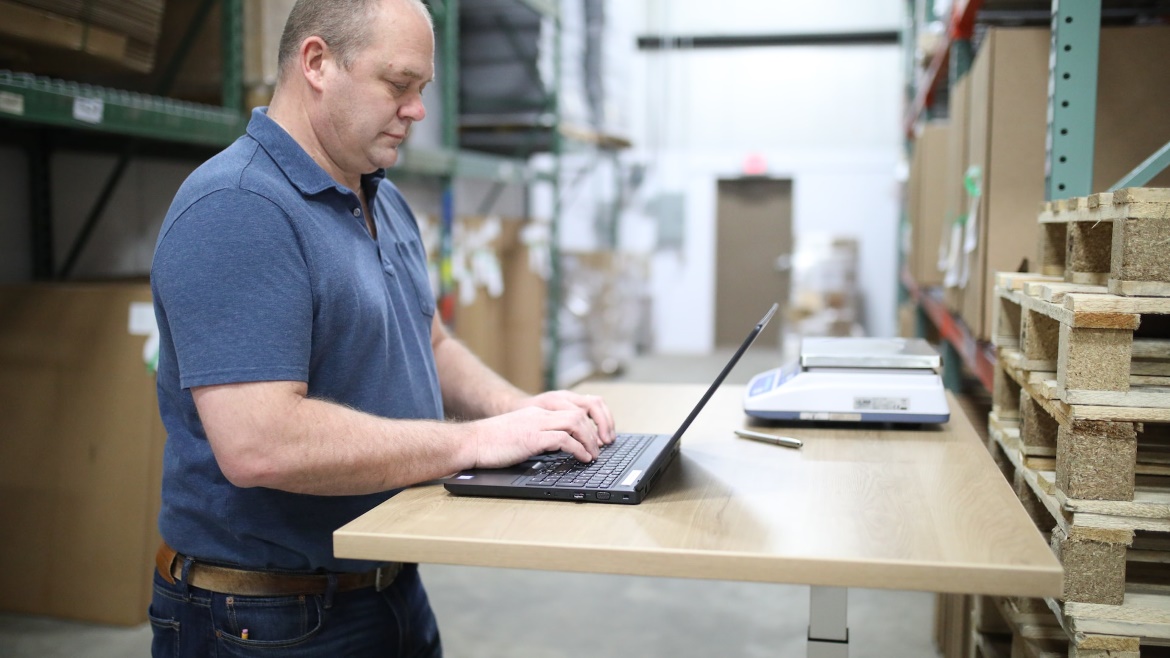In today’s rapidly advancing technological environment, understanding the role of sensor data in the realm of print control is crucial for business professionals. This innovative approach to managing printing processes not only contributes to optimizing resources but also enhances the overall quality of printed output. As we delve into the nuances of this subject, we will uncover the key benefits and functionalities enabled by integrating sensor technology in printing systems.

What is Sensor Data in Print Control?
Simply put, sensor data deployed in print control refers to the use of sensors to monitor and manage the different aspects of a printing system. These sensors collect data related to various parameters such as temperature, ink levels, paper alignment, and printer status. This data is then processed to make informed decisions to maintain or improve printing quality and operational efficiency.
The Importance of Sensor Technology in Printing
With the competitive demand for high-quality print outputs, integrating sensor technology in printing systems becomes increasingly necessary. Sensors help maintain consistency in print quality by adjusting settings automatically based on real-time data. They also aid in reducing wastage of resources, subsequently lowering operational costs.
Enhancing Print Quality
One of the primary benefits of using sensor data in print control is improved print quality. By continually monitoring elements like color consistency and paper quality, sensors ensure that every print meets the desired standards, thus enhancing user satisfaction and brand reputation.
Optimizing Resource Utilization
Effective print control involving sensors also streamlines the utilization of resources. For instance, sensors can detect when the ink is running low, alerting staff to replenish supplies before they run out, reducing downtime. For more on optimizing your printing resources, you can visit our intelligent printing systems.
Sensor Data in Different Printing Environments
Whether it’s commercial, industrial, or office printing, sensor data plays a pivotal role across various environments. In commercial printing, sensors enhance large-scale operations by ensuring consistency and reducing manual interventions. In offices, sensors contribute to seamless workflow integration.
Commercial Printing
In commercial printing environments, sensor data aids in managing large volumes of print jobs efficiently. Ensuring that each batch meets quality demands can significantly boost productivity and profitability. Explore more about IoT sensors in printers on our site.
Office Printing
In an office setting, sensors can facilitate smoother operations by automatically adjusting printer settings to match task requirements, thereby enhancing overall office productivity. For insights into smart printer integration in office environments, check our smart printer connectivity guide.
The Future of Sensor Data in Print Control
As we step into the future, the incorporation of sensors into print control systems continues to evolve. With advancements in IoT and AI, the integration is expected to become more seamless, leading to a much more connected and efficient printing environment. [For an in-depth understanding of future trends in printing, discover the potential in quality control in 3D printing.
Incorporating AI
By combining AI with sensor technology, printers can predict the need for maintenance and anticipate resource requirements, minimizing disruptions and elevating output quality.
Leveraging IoT Connectivity
The synergy of IoT technology with sensors paves the way for remote management and monitoring of printers, enabling organizations to control multiple devices from a centralized system. For more on IoT impacts, explore our insights on workflow optimization.
Conclusion
Integrating sensor data in print control presents a transformative shift in how businesses can manage and optimize their printing operations. With increased demand for high-quality and efficient outputs, embracing this technology becomes not just beneficial but necessary. Whether it is improving print quality, optimizing resources, or preparing for a digitally integrated future, sensor technology proves to be a valuable asset for any printing operation.

FAQs
- How does sensor data improve print quality?
Sensors provide real-time feedback on printing parameters, allowing for adjustments that maintain and enhance print quality consistently.
- Can sensor data reduce printing costs?
Yes, by reducing wastage and optimizing resource use, sensors help lower overall printing expenses.
- Are there any future advancements expected in this technology?
Future advancements include AI integration and improved IoT connectivity for more efficient and automated print control systems.
This article contains affiliate links. We may earn a commission at no extra cost to you.







